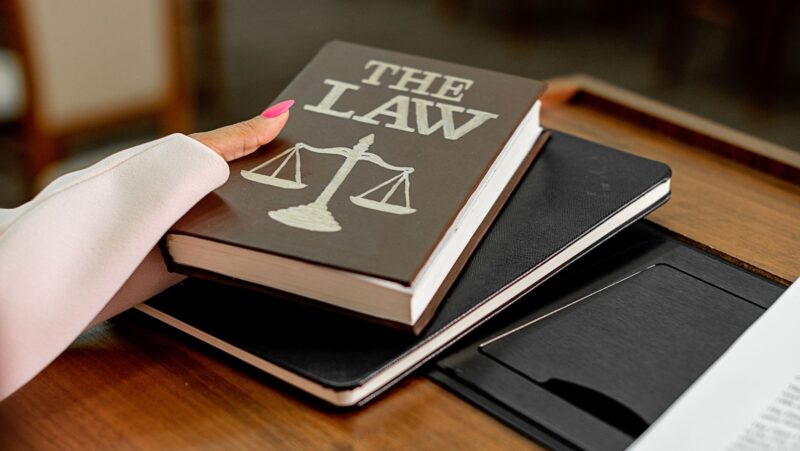
If you’ve been injured because of someone else’s actions – or negligence – you know all too well how immense the burden can feel. Medical bills stack up, time off work eats into your savings, and you’re left wondering how to put your life back together.
That’s where personal injury claims attempt to make you whole. They hold the offending party accountable and help you rebuild your life after the unexpected.
We’re about to walk you through the ins and outs of personal injury claims and go over the steps involved.
Common Types Of Personal Injury Claims
Personal injury claims cover a wide range of situations, and knowing where your case fits can help clarify your next steps.
Vehicle Accidents
Car accidents top the list. Accidents caused by reckless driving, DUI, or poorly maintained road conditions could be included here.
Motorcycles are also in this category. Insurance companies in Missouri and other states love to try to weasel out payouts for motorcycle accidents. So, if you’re cruising through that state and have an accident, find attorneys who specialize in Columbia MO accidents involving motorcycles. They know the system and how to get you what you deserve. If you’re involved in a truck accident, it’s crucial to speak to a lawyer who understands the complexities of such cases and can guide you through the legal process effectively.
Workplace Injuries
If an employer’s negligence (or even a third party, like a contractor) leads to harm, you could have a workplace injury claim. Workers’ compensation exists, but some cases go beyond that.
These are a couple of examples, but many others exist.

Establishing Negligence
At the center of most personal injury claims is proving that someone else failed to act reasonably and that their actions (or lack thereof) caused your injury.
- Duty of Care – The other party had a legal obligation to act in a certain way. For example, a driver has a duty to follow traffic laws to protect others on the road.
- Breach of Duty – You must show that the responsible party did not fulfill their duty. Using the traffic example, this might be speeding or running a red light.
- Causation – There has to be a direct link between their breach of duty and your injury. Did their speeding directly cause the crash that led to your medical expenses?
- Damages – Finally, you’ll need to show that you suffered actual losses – whether physical, emotional, or financial – as a result of the negligence. Without damages, there’s no claim.
Damages You Can Claim
One of the first questions people ask is, “What can I recover?”
- Medical Expenses
- Lost Wages
- Pain and Suffering
- Property Damage
- Punitive Damages

The Claims Process
Filing a personal injury claim may seem complicated, but breaking it down step by step makes it more manageable. Here’s what to expect:
- Seek Medical Attention – Your medical records serve as evidence in your injury claim.
- Document Everything – Keep records of medical visits and photographs of your injuries.
- Notify the Responsible Party – You’ll typically need to notify the at-fault party of your intent to seek compensation.
- File a Claim -Filing a formal personal injury lawsuit in court may be your next step, typically facilitated by a lawyer.
- Negotiation and Settlement – Many claims are settled out of court.
- Litigation – If a settlement can’t be reached, your case may go to court.
Take Your Next Step Confidently
Knowing your rights and the steps involved in filing a claim empowers you to take control. You can hold the responsible party accountable and secure the compensation you need to rebuild your life.
You don’t have to tackle this alone – reaching out to experienced professionals specializing in personal injury claims can make all the difference. Take each step with confidence, knowing you’re advocating for yourself and your future.







